Classic Car Club in Israel (Five Club) at Tel Afek
Let’s join the Classic car club in Israel – The Five Club – exhibition at Tel Afek (Antipatris), Yarkon National Park.
Note: find additional info about this park at Yarkon National Park.
Table of Contents
Classic Car Club in Israel (Five Club)
Classic and collectible cars club in Israel is called: Five Club (official site). Five Club was created in 1985, and its purpose is to promote the conservation of classic cars and make a club for the drivers (which will enable data exchange via meetings and activities).
The name, Five Club, derives from the fact that during the creation of the Club, collectible cars (more than 25 years old) had five numbers on their license plate. That is compared to today’s eight-digit license plate.
Today Five Club has more than 850 members that own 2,500 cars and 700 motorcycles. In 2000 Five Club joined FIVA (Fédération Internationale des Véhicules Anciens).
At Yarkon National Park
Last Saturday, they met at Yarkon National Park to show their cars and give prizes for the best restoration and conservation.
The first car we saw when we entered the show was Pontiac Bonneville:

Pontiac Bonneville was built from 1957 to 2005. But according to the headlamps, it looks like the third generation, meaning it was constructed between 1961–1964.

I overheard the owner saying he sold his Lexus and bought this Pontiac Bonneville.

As I mentioned before, the event took place at Yarkon National Park. That is the view of the lake and The Ottoman Fortress, Tel Afek, on the other side:

Headlights Standards
At this exhibition, I learned about two headlights standards:
To this day, there remain two distinctly different headlight technical regulations globally: The American SAE (or “DOT”) standard, which is mandatory in the US and allowed in Canada and Mexico, and the European ECE (or “E-code”) standard, which is required or permitted in almost every other country around the world. The main difference between the two standards is the level of priority placed on controlling glare to other drivers on the low beam setting. The American standard permits a relatively high amount of glare from low beams and allows a fuzzy, gradual transition from bright to dark as the beam is cast down the road. The European standard strictly controls low-beam glare and requires a sharp “cutoff” line at the top edge of the low-beam light pattern. Above the cutoff is the dark glare-control zone, and below the cutoff is the bright seeing-light zone.
That cutoff used to be horizontal across the top of the beam. But in 1952, European manufacturers altered the cutoff shape to extend the low beams’ distance reach. The cutoff stayed horizontal on the side of the beam facing oncoming traffic. Still, the cutoff on the curbside of the beam was angled or stepped upwards to throw lightwell down the road, illuminating road signs and pedestrians without glaring oncoming drivers. In addition to keeping glare to a rigidly controlled low level, the cutoff allows the headlights to be accurately aimed visually. The beams can be shone at a wall and set to the correct vertical and horizontal angles by judging the height of the cutoff and placement of the upstep. Traditional American beams don’t have a cutoff, so they can’t be aimed properly without special aiming machinery.
Source: motivemag.com
When you take a closer look at the lights of the Cadillac Eldorado, you can see that one of the lights has two curves that go away from each other as they go to the right. The European standard is used in Israel, and we drive on the right-hand side. These two curved shapes on the right side beam will illuminate the road, the signs, and the pedestrians.
The camel within the car is Five Club sign:

Only Cars?
Though I showed photos of only cars, there were also two buses and some motorcycles. All the exhibits arrived at the show by themselves. And you can find signs of modernization in some of the cars. For example, if you look closer than on the dashboard’s far right side of this Mercedes Benz, then you will find an mp3/disk player:

Car Design

Citroen Traction Avant had several revolutionary features that are still in use today. The best known is front-wheel drive. Yep, it is the first mass-production car to have front-wheel drive.
Another unique feature that I liked about Citroen Traction Avant is the seats:

The rear seats are opened in the picture above and can be closed in the same manner as a trunk. And as you can see, there are also no backdoors.

Despite the hot weather (almost 40 C), there were many people.
Here are several additional photos:







Only 877 MG YT cars were produced. The production was stopped in 1950 since it was not the success that MG had hoped for. Other British manufacturers were also having problems selling open-tourer versions of their saloons.
Take a look at the interior, the speedometer is in front of the passenger, and the max speed is 100 mph:

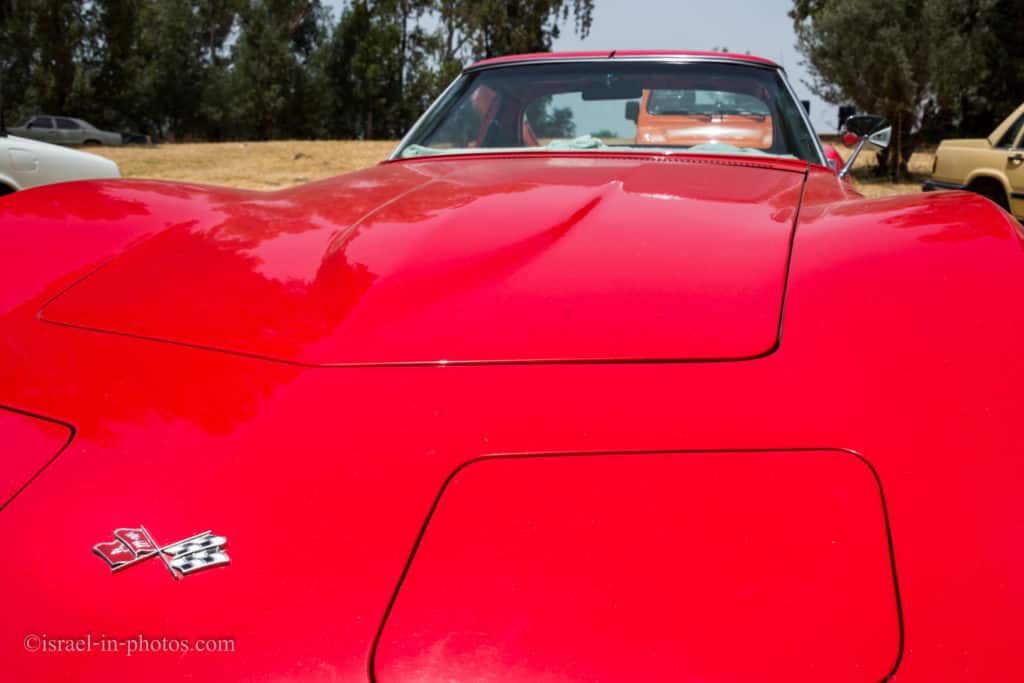
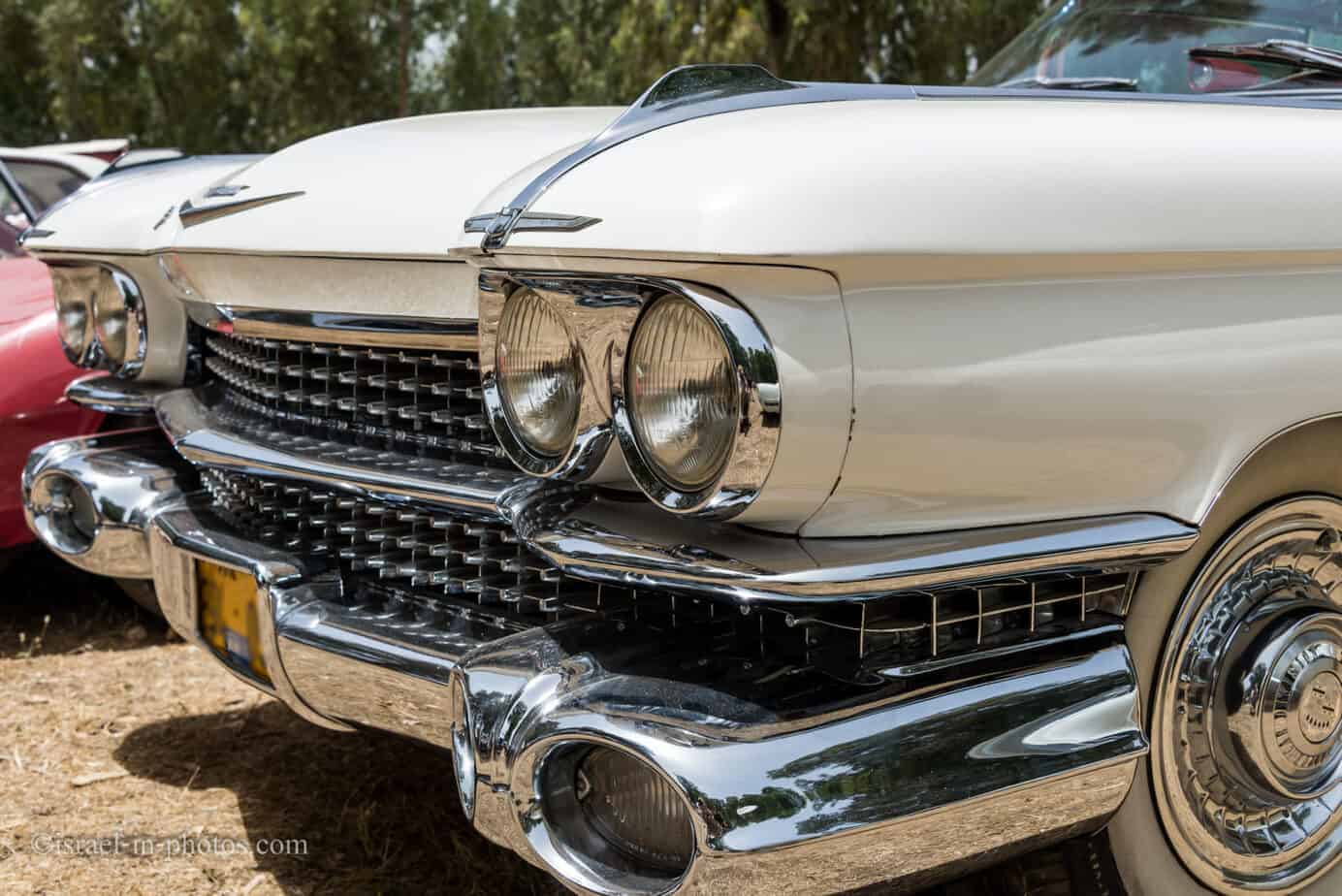
Maybe it does not have the best aerodynamics, but it is beautiful.

This unique form reminds me of a saying by a car expert I once heard. He said that you could know the car manufacturer from a distance in the past. Today you cannot since most car models look similar. And indeed, you can see that most car firms copy designs from each other.



Why do most cars have one color? I think the red and black look good. As far as I know, Polo Harlequin had some success.

Without one of the best-selling automobiles, the Volkswagen Beetle, no car exhibition would be complete. It was produced from 1938 to 2003, and overall, 21.5 million units were sold.
Under The Hood
Some owners showed you what’s under the hood. As did the owner of this BMW 503:
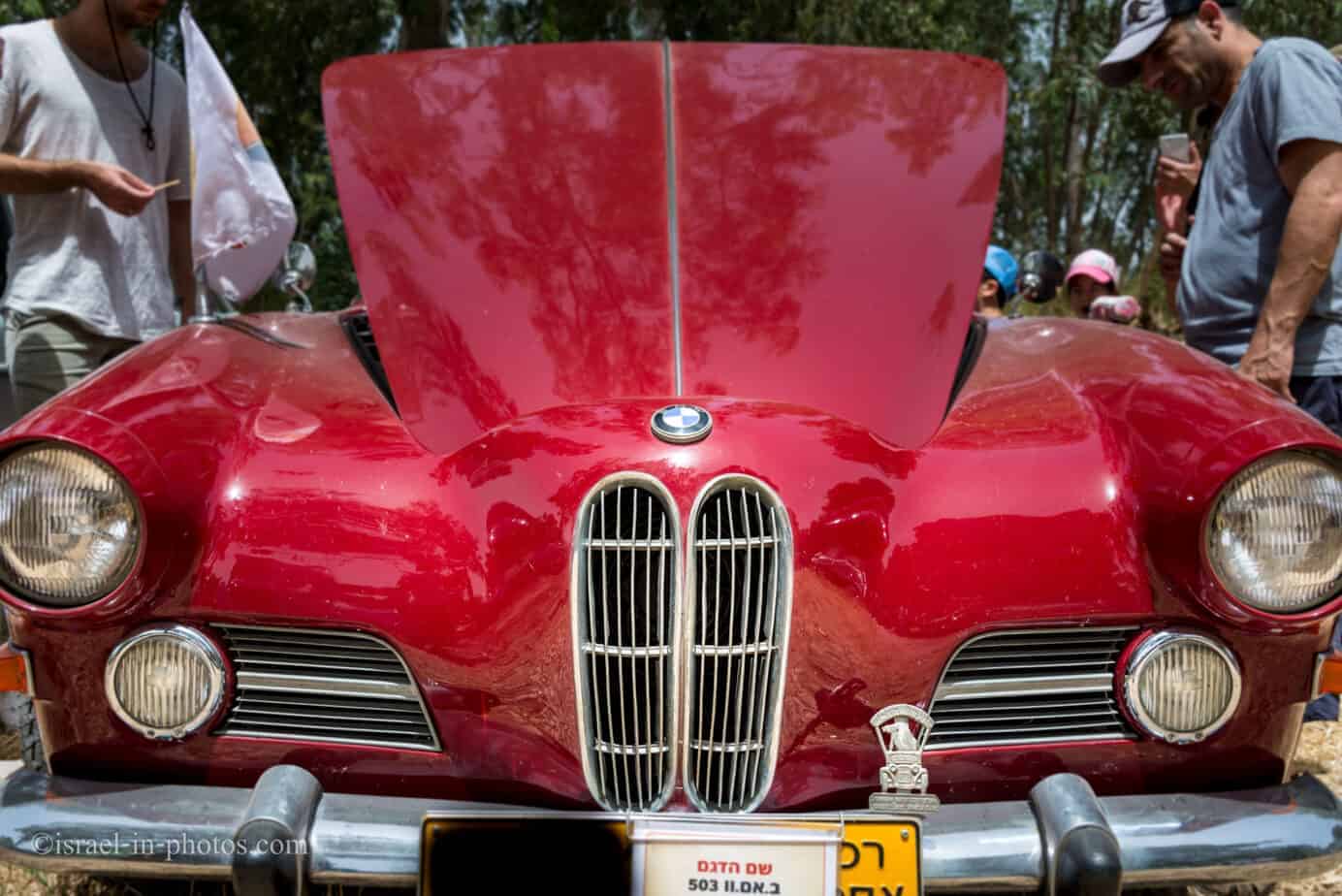

Take a look under the hood:

There is a lot of space. You can efficiently work there. Due to the minimization trend, everything is tight, and there is very little space in modern cars. You probably need to remove other things on the way to reach something.
Mustang with metal ropes for hood safety:

This Cadillac has E11 headlights that form a non-symmetrical beam to illuminate signs and pedestrians (see the headlight standards above):

Cars are like big mirrors, so wear black if you can not control the environment. This way, your reflection will be less visible. I did not follow my advice since it was a boiling hot day, and I wore a white shirt.




I was told that the Citroen Mehari is a very stable car and rarely turns upside down:


And, of course, the Israeli car exhibition would not be complete without Sussita:

This Sussita owner had a small Sussita model in the rear window 🙂
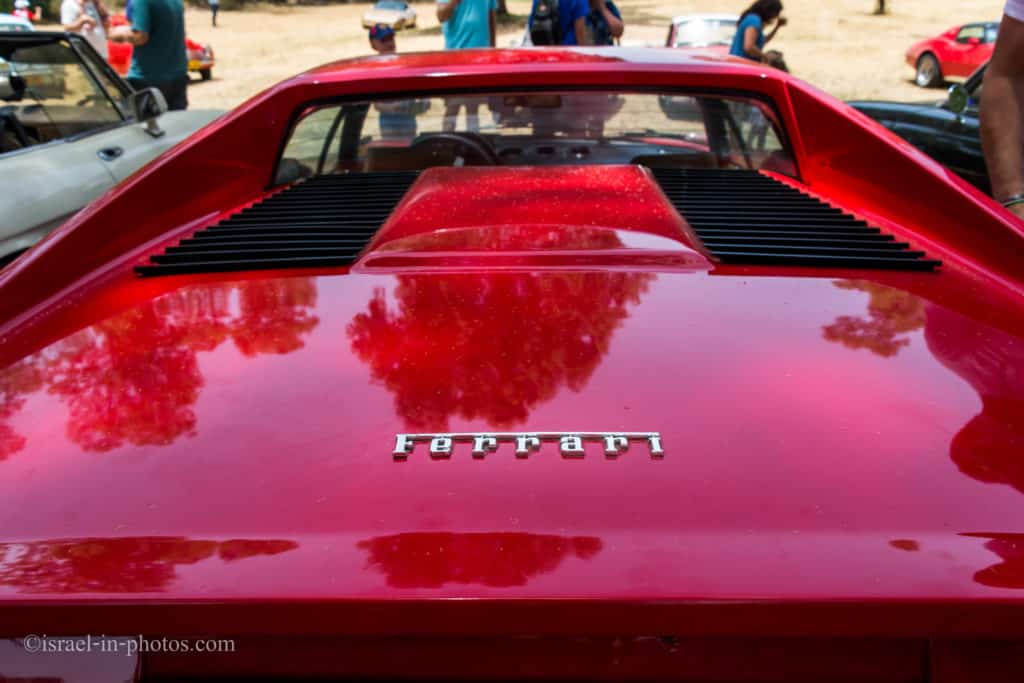

Summary
The exhibition was held from 10:00 to 13:00. But as I mentioned earlier, it was a sweltering day, so around 12:30, car owners started to drive away.
Overall it was a pleasant experience, and if you like cars, you should visit. And do not be afraid to ask questions. Most car owners were friendly, answered questions, and showed what was under the hood.
That’s all for today, and I’ll see you in future travels!
Stay Tuned!
For additional points of interest nearby, see the Tel Aviv-Yafo.
Additional Resources
Here are several resources that I created to help travelers:- Trip Planner with Attractions and Itineraries is the page that will help you create your perfect travel route.
- What is the Best Time to visit Israel? To answer this question, we will consider the weather, prices, holidays, festivals, and more.
- Information and Tips for Tourists to Israel will answer the most common questions tourists have about Israel (including safety, passports, weather, currency, tipping, electricity, and much more).
- Israel National Parks and Nature Reserves include a complete list, top ten, map, tickets (Israel Pass, Matmon, combo), and campsites.
- If you are looking for things to do, here are the pages for Jerusalem, Tel Aviv, Haifa, Sea Of Galilee, Akko (Acre), Eilat, Nazareth, Safed (Tzfat), and Makhtesh Ramon.




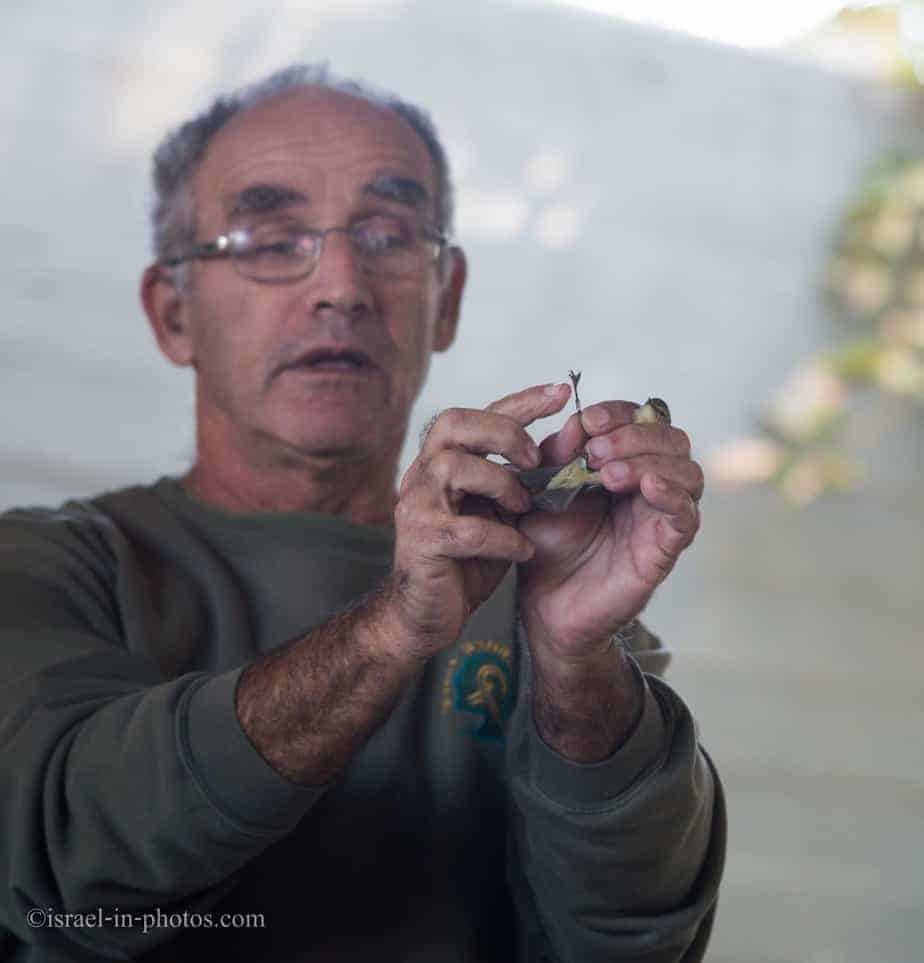




Good day! I ccould have sworn I’ve been to this website before but after
reading through some of the post I realized it’s new to me.
Anyhow, I’m definitely happy I found itt
and I’ll be bookmarking and checking back often!
Thanks, there is no need bookmarking. You can follow using social media, bloglovin and other tools.
I am interested in bringing my MGC to Israel from London and registering the car there, can anyone advise me on the procedure? Is it straightforward?
STEPHEN
Hi Stephen,
I would suggest contacting the Israel Classics & Collectors Vehicle Club. Their site is listed at the top, or you can use their email: fiveclub@bezeqint.net.
Good luck,
Lev